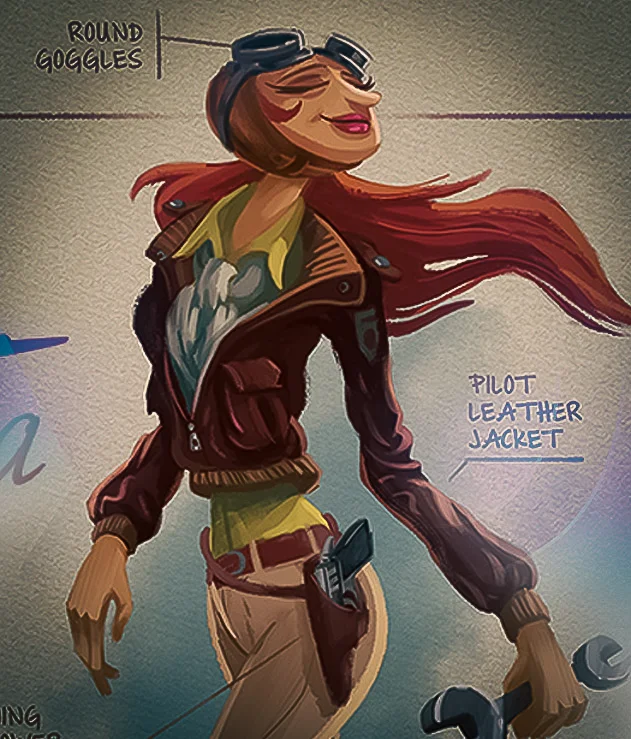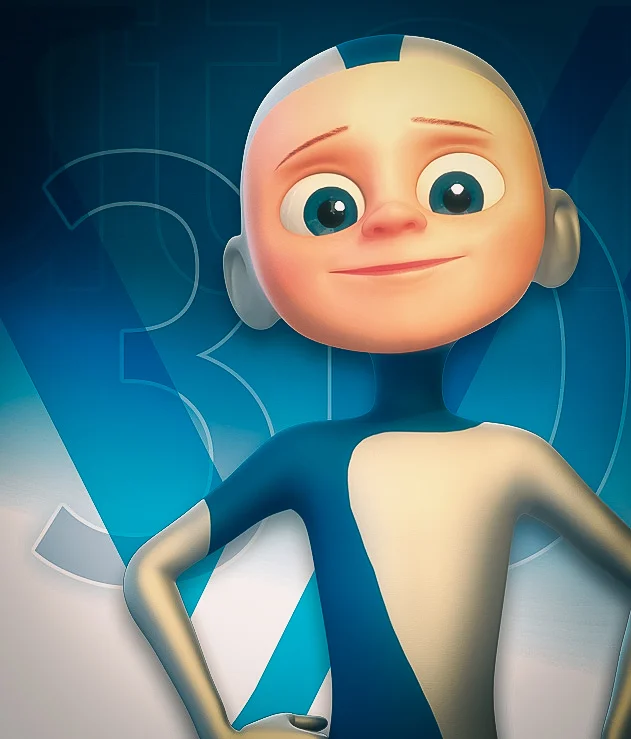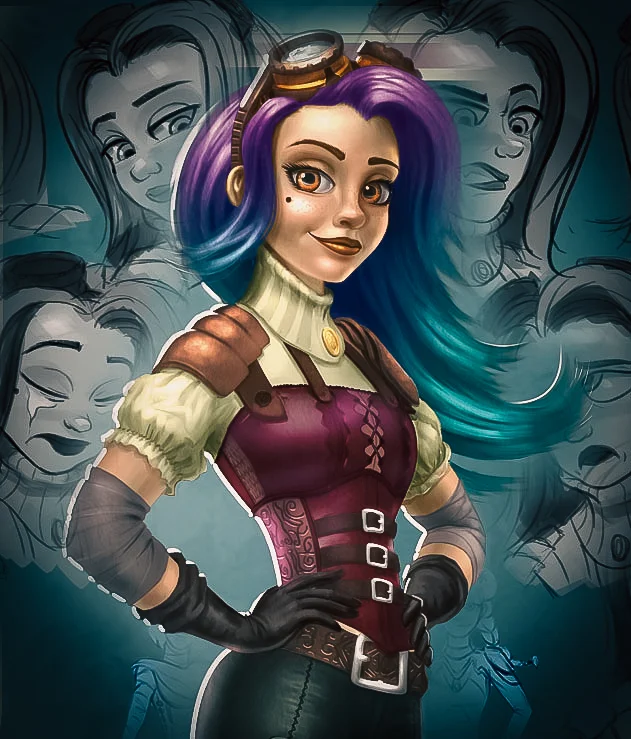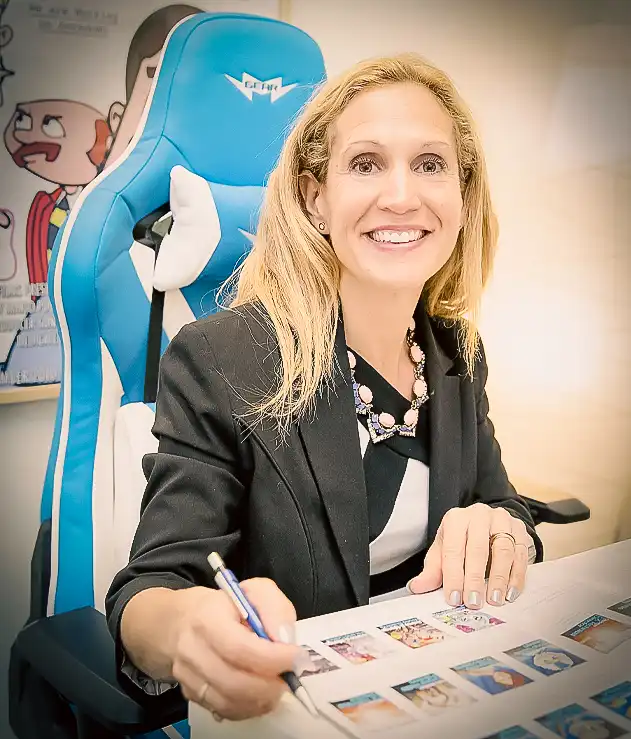 Image: Copper Pipe (Motion Array)
Image: Copper Pipe (Motion Array)
How to Become a VFX Artist for Movies and Video Games
Brought to you by VANAS Online Animation School
Visual effects (VFX) are the secret sauce that make scenes in movies and video games come to life. Whether it's the shape-shifting robots in "Transformers," the seamless aerial dogfights in "Top Gun," or the explosive animations in video games like "Fortnite," "Overwatch," and "Angry Birds,"
VFX artists play a pivotal role in crafting these dynamic visuals. If you're a high school student dreaming about a career where art meets technology, becoming a VFX artist could be your perfect path. Here’s how you can start your journey.
Understanding the Role of a VFX Artist
VFX artists are magicians of the digital world. They create illusions, enhance real-world footage, or build entirely virtual environments. Their work involves everything from simple edits to complex 3D modeling, animation, and simulation of physical phenomena like explosions and weather patterns.
Movies and Their VFX
In big-budget movies like "Transformers," VFX artists use cutting-edge technology to create realistic transformations and battle sequences that blend seamlessly with live-action footage. On the other hand, films like "Top Gun" use what's often called "invisible effects" to enhance realism without drawing attention to the effects themselves. This could mean digitally adding ocean waves, altering skies, or simulating high-speed jet movements that look utterly believable.
Video Games and VFX
In the world of video games, VFX artists help to create an engaging gameplay experience. Whether it’s the colorful, cartoony blasts in "Angry Birds," the realistic environments in "Overwatch," or the dynamic and fast-paced world of "Fortnite," visual effects make these games immersive and visually compelling.
How to Become a VFX Artist
Here’s a step-by-step guide to becoming a VFX artist, tailored for you as a high school student:
1. Start with the Basics
- Art Skills: Develop a strong foundation in drawing, painting, and other traditional arts. Understanding light, color, perspective, and anatomy is crucial.
- Software Skills: Learn industry-standard software like Autodesk Maya, Adobe After Effects, and Blender. Many tutorials and free resources are available online to get you started.
2. Seek Education
- High School Courses: Take advantage of any art, computer graphics, or computer science classes your school offers.
- VFX Programs: Consider enrolling in specialized programs like those offered by VANAS Online Animation School, which can provide targeted training and resources.
3. Build a Portfolio
- Projects: Start small with personal projects or school assignments and gradually work on more complex pieces.
- Showcase Your Work: Create a portfolio website to display your projects. Include a variety of work that shows your skills in different areas of VFX.
4. Gain Experience
- Internships: Look for internships in studios that focus on movie or game production. Real-world experience is invaluable.
- Freelance: Take on freelance projects to build a broader range of work and to learn how to meet client expectations.
5. Stay Current
- Continuing Education: The VFX industry is always evolving. Continue learning new software and techniques.
- Networking: Attend industry conferences, join forums, and connect with other VFX artists. Networking can lead to job opportunities and mentorships.
Frequently Asked Questions
What skills are most important for a VFX artist?
Creativity, a strong grasp of digital tools, understanding of physics and animation principles, and problem-solving skills are crucial.
How long does it take to become a VFX artist?
With dedicated study and practice, you can start creating simple effects within a year, but mastering the tools and techniques typically takes years.
Do I need a degree to become a VFX artist?
Not necessarily. While a degree can be helpful, your portfolio and skills are more important in this field.
Can I start learning VFX skills in high school?
Absolutely! Starting early gives you a great advantage. Utilize online resources, high school courses, and any other available tools to begin learning as soon as you can.
Key Takeaways
- Start Early: High school is a great time to explore and develop foundational skills.
- Education Matters: While formal education isn't mandatory, programs like those at VANAS Online Animation School can accelerate your learning and career.
- Practice and Portfolio: Regular practice and a strong portfolio are essential to demonstrate your abilities.
Wrapping Up
Starting a career as a VFX artist is an exciting journey filled with opportunities for creativity and innovation. Whether you're enhancing the reality of a movie or enriching the immersive experience of a video game, VFX skills are in high demand. Remember, every expert was once a beginner, and with passion and perseverance, you can make your mark in the visual effects industry.
Start your journey today with VANAS Online Animation School!
Discover the programs offered at VANAS Online Animation School and take your first step towards becoming a VFX artist.







